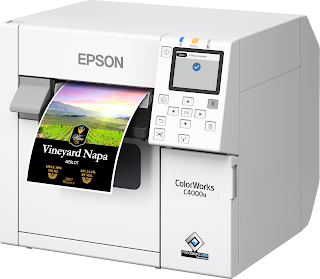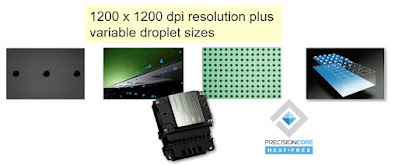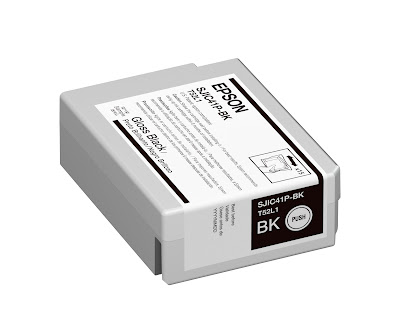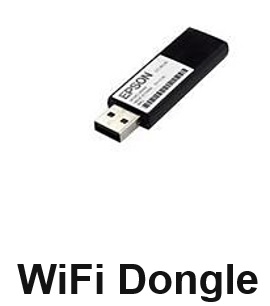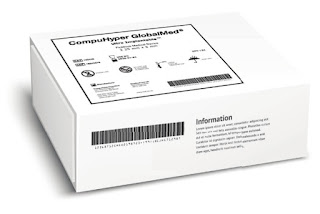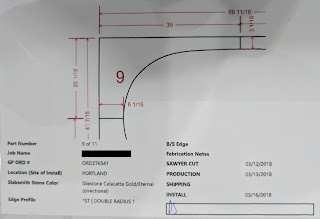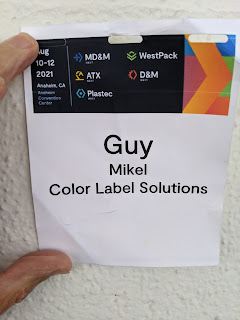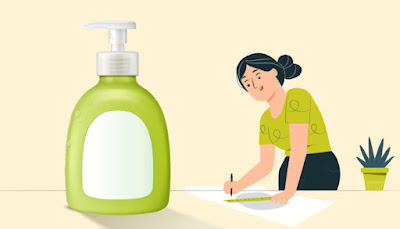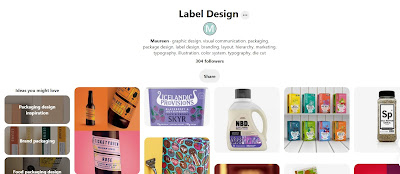I’m
pleased to announce the availability of new label technology; 2-Ply Hinged
Labels.
 |
| Inkjet Coated Hinge Labels |
Or what I would
describe as a simplified, booklet label.
Let me tell you more about this exciting new development.
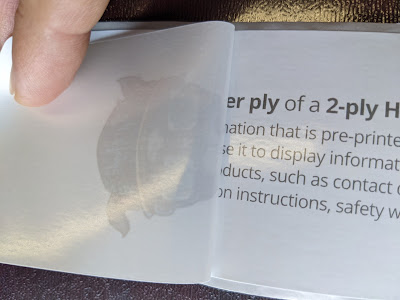 |
| Inkjet Coated Hinge Labels |
According to
the plant, a 2-Ply Hinge Label is a preprinted label laminated to a standard
inkjet coated label on top; with one side connected. With this configuration, you can open the top
up to expose the preprinted information underneath; but can’t completely remove
the top. Once read, you can lay the top
label back down on top of the preprinted information. That’s why I describe it as a simplified
booklet with 1 page of preprinted information.
Booklet labels are
part of the Extended Content Label (ECL) category. They’re used to pack
extensive information into a small label area so you can achieve maximum
branding impact. In addition to creating many label design opportunities, ECL’s
can help reduce costs by allowing you to use a smaller label than otherwise
possible.
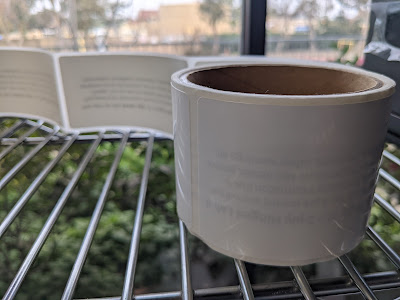 |
| Blank Hinge Labels |
The plant says
they can print any standard art file (colors, images and text) in the booklet
section of the label. Currently, they
are working only with an inkjet coated matte poly laminated on top of a poly
preprinted label underneath. Also, we
can get these Hinge Labels made using BS5609 matte poly. One more point; they are developing a
technology of paper on top of paper as well.
As these labels
are “two ply”, they are thicker than standard matte poly. However, the total construction thickness does
not prevent their use in the inkjet printers we sell. Also, the price of these hinge labels is
higher than a standard matte poly; and does require preprinting the art during
manufacturing.
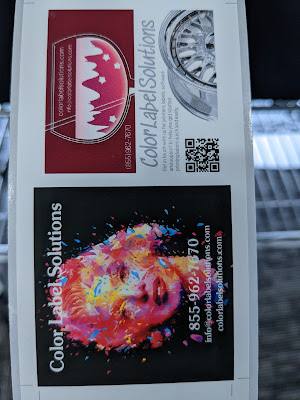 |
| Printed Hinge Labels |
After receiving
the samples of these Hinge labels, I asked our Technical Support Specialist,
Danny Valles, to test print them in a C6500A printer. According to Danny, “these hinge labels print
as good as our standard matte poly materials.”
 |
| Preprinted Section; Hinge Labels |
Continuing,
Danny says “You can’t pull off the top section of the labels as they are
connected on one side; that’s why the name hinge makes sense. It’s like a door hinge that you open and
close. It’s a bit “sticky” to peel off
the top, but it works fine.”
 |
| Printed Hinge Labels |
From my
perspective, it was great to see that this new technology still prints
great. Danny says, “the labels dry
instantly just like our standard matte poly.” Now, our customers can print
variable information and images/colors on top; while embedding static
information inside the booklet section of the labels. It’s a great way to manage a large number of
SKU’s that have the same safety or other information that needs to be included
in/on the label.
 |
| Printed Hinge Labels |
I do believe
this new technology could help change the on-demand color label printing
business; making it fit many more of our customers with lots of SKU’s. Cannabis, pharmaceutical, chemical and other
manufacturers should find this new development makes their operation run
smoother; and their brand development more valuable.
If these Hinge
or Simplified Booklet labels could fit your business, contact us to learn
more. If you send us the artwork needed
to be preprinted, the exact size and volume wanted, we’ll send you a quote. And get you started making even better labels
for your products.
Guy Mikel
855-962-7670
